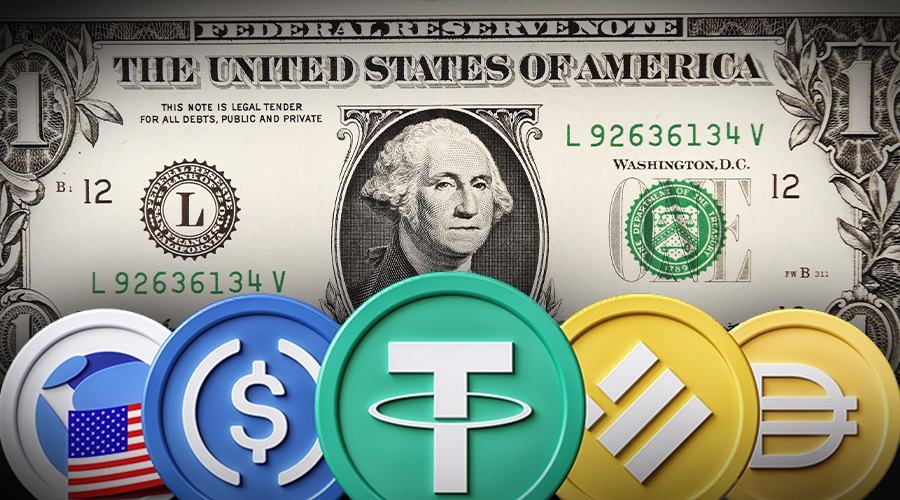In recent
years, the rise of cryptocurrencies has been a hot topic. Bitcoin, Ethereum,
and other digital currencies have entered the mainstream, gaining favor with
investors and traders.
The volatility
of many of these digital currencies, however, is a problem. Their value can
change dramatically in a short period of time, making them less appealing to
some investors who prefer stability. This is where stablecoins come in,
providing digital currencies with a stable future.
Stablecoins are
cryptocurrencies that are linked to a stable asset such as gold, fiat
currencies (USD, EUR, GBP, etc.), or even other cryptocurrencies such as
Bitcoin. Stablecoins are designed to provide the benefits of cryptocurrencies
(such as fast, secure transactions) while avoiding the volatility that is often
associated with them.
Most
stablecoins are pegged to a 1:1 ratio with the asset they’re linked to in order
to maintain a stable value. A stablecoin pegged to the US dollar, for example,
will always be worth one dollar.
Because of this stability, they are an
appealing option for those seeking a dependable store of value or a medium of
exchange without having to worry about currency fluctuations.
What Is the
Importance of Stablecoins?
Stablecoins have
several advantages over traditional cryptocurrencies. First and foremost, they
provide stability, which is critical for any currency’s widespread adoption.
Volatility can be a deterrent for many investors and make it difficult for
businesses to accept cryptocurrencies as payment.
Second,
stablecoins allow you to send money around the world quickly and cheaply.
Traditional banking systems can take days to clear transactions, especially
when they cross borders. Stablecoins allow transactions to be completed in
seconds and with minimal fees.
Finally,
stablecoins bridge the gap between cryptocurrencies and fiat currencies. Many
people are still skeptical of cryptocurrencies and prefer to conduct their
daily transactions in traditional currencies.
Stablecoins
combine the best of both worlds, offering a stable value while still providing
the benefits of cryptocurrencies.
Stablecoin
Varieties
Stablecoins are
classified into several types, each with its own set of characteristics. Here
are some of the most common types:
Stablecoins
backed by fiat
Fiat-collateralized
stablecoins are those that are backed by fiat currencies such as the US dollar,
euro, or yen. The stablecoin’s issuing company keeps the equivalent amount…
























